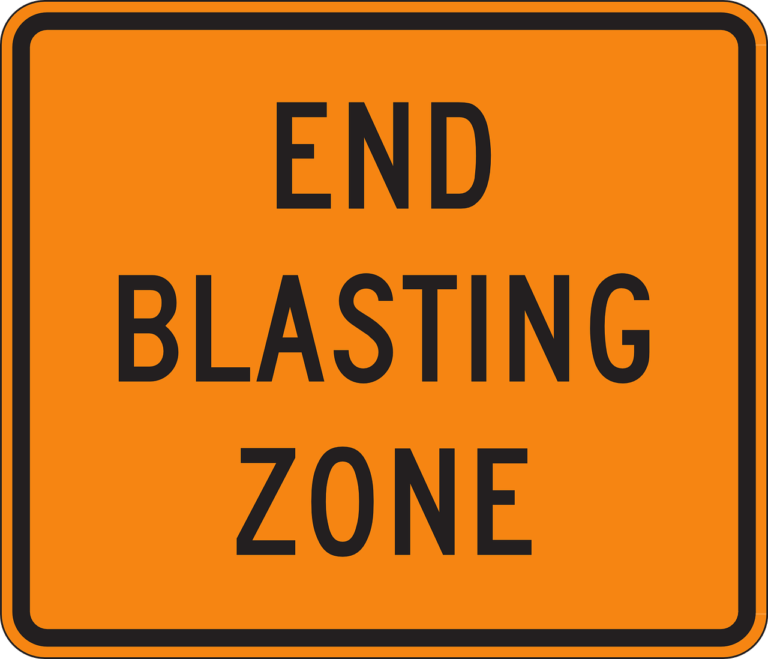Rock Blasting Safety
Blasting is a crucial aspect of construction and mining but it poses dangers to workers and equipment in the surrounding area. This toolbox talk will cover some of the hazards that arise from blasting activities and control methods to help achieve for a safe and efficient operation.
Blasting Hazards:
Fly Rock: Debris, including rocks, thrown into the air due to a blast. This can harm workers and damage nearby structures and equipment.
Air Blast: The shockwave created by the blast can harm structures and equipment, cause discomfort, and lead to hearing damage to workers and nearby residents.
Ground Vibration: Vibrations produced by the blast can cause damage to structures and underground utilities, discomfort, and injury to workers and residents.
Toxic Fumes: Some blasting materials emit toxic fumes upon detonation, which can be hazardous to workers and the environment.
Fire: Blasting materials are flammable and can ignite from a spark from equipment or a blasting machine, leading to fire.
Hazard Control Methods:
- Employees should be properly trained in handling explosives and proper blast patterns to minimize vibrations and the distance debris is thrown.
- Workers should remain a safe distance from the blast. The distances can vary based on site-specific conditions and require the expertise of a qualified person to evaluate the risks and establish a safe perimeter.
- A code of blasting signals equivalent to Table U-1, shall be posted on one or more conspicuous places at the operation, and all employees shall be required to familiarize themselves with the code and conform to it. Danger signs should be placed at suitable locations.
- Using approved blasting materials, training in handling and storage, using ventilation systems and protective equipment such as respirators, can minimize the risks posed by toxic fumes.
- Maintaining and inspecting equipment, grounding electrical equipment, training workers in handling explosive materials and fire safety, and having fire extinguishers readily available in the blast area can prevent fire risks.
These are just a few of the hazards and control methods in regards to blasting. It is important to review standards and other best practices in relation to blasting operations.
Sources
https://www.ecfr.gov/current/title-29/subtitle-B/chapter-XVII/part-1926/subpart-U/section-1926.909
https://www.ecfr.gov/current/title-29/subtitle-B/chapter-XVII/part-1926/subpart-U?toc=1
